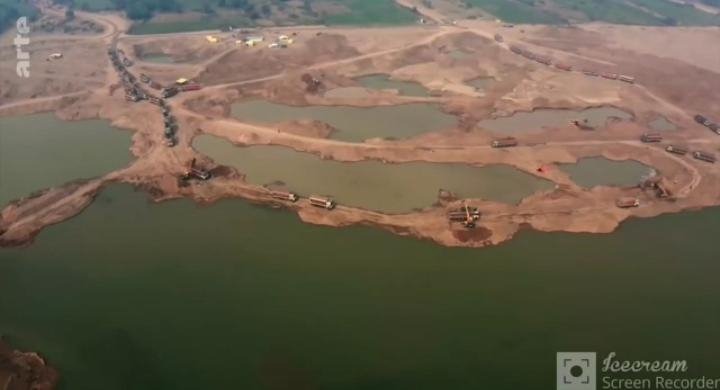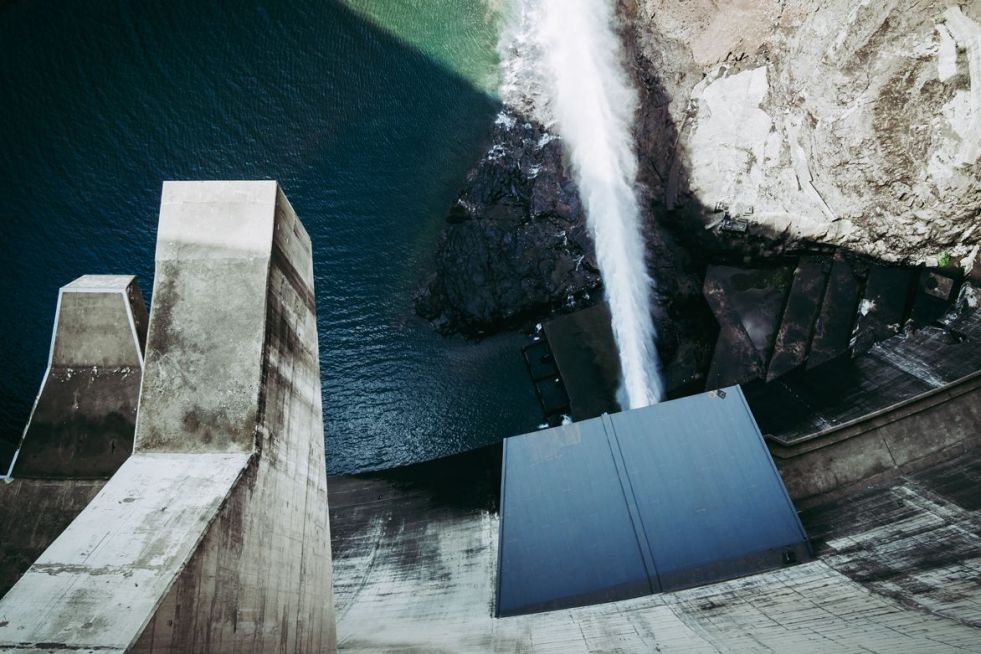(Feature Image: A Konda Reddi tribe rowing a Dhone, a traditional boat, in the Godavari near the Papikonda hills in Alluri Sitarama Raju district. Photo Credit: T. Appala Naidu/ The Hindu)
On occasion of World Fisheries Days 2023, this compilation of important developments from 2023 highlighting the ongoing resistance and struggles of inland as well as coastal fisherfolks in India whose lives and livelihoods have been significantly affected by destructive developmental projects including dams & hydro power projects, increasing pollution and encroachments of water bodies, mechanized mining of sand from rivers & coastal areas, unsustainable fishing and invasive fish species.
The compilation first lists ten most remarkable developments on the issue and then covers the other relevant incidents in section wise manner. In the first part of the series we have highlighted ten positive stories on river fish and fisherfolks of India. The third part has covered the mass fish death incidents in India that have occurred during past one year.
Continue reading “World Fisheries Day 2023: Resistance and Struggles of Fisherfolks”








